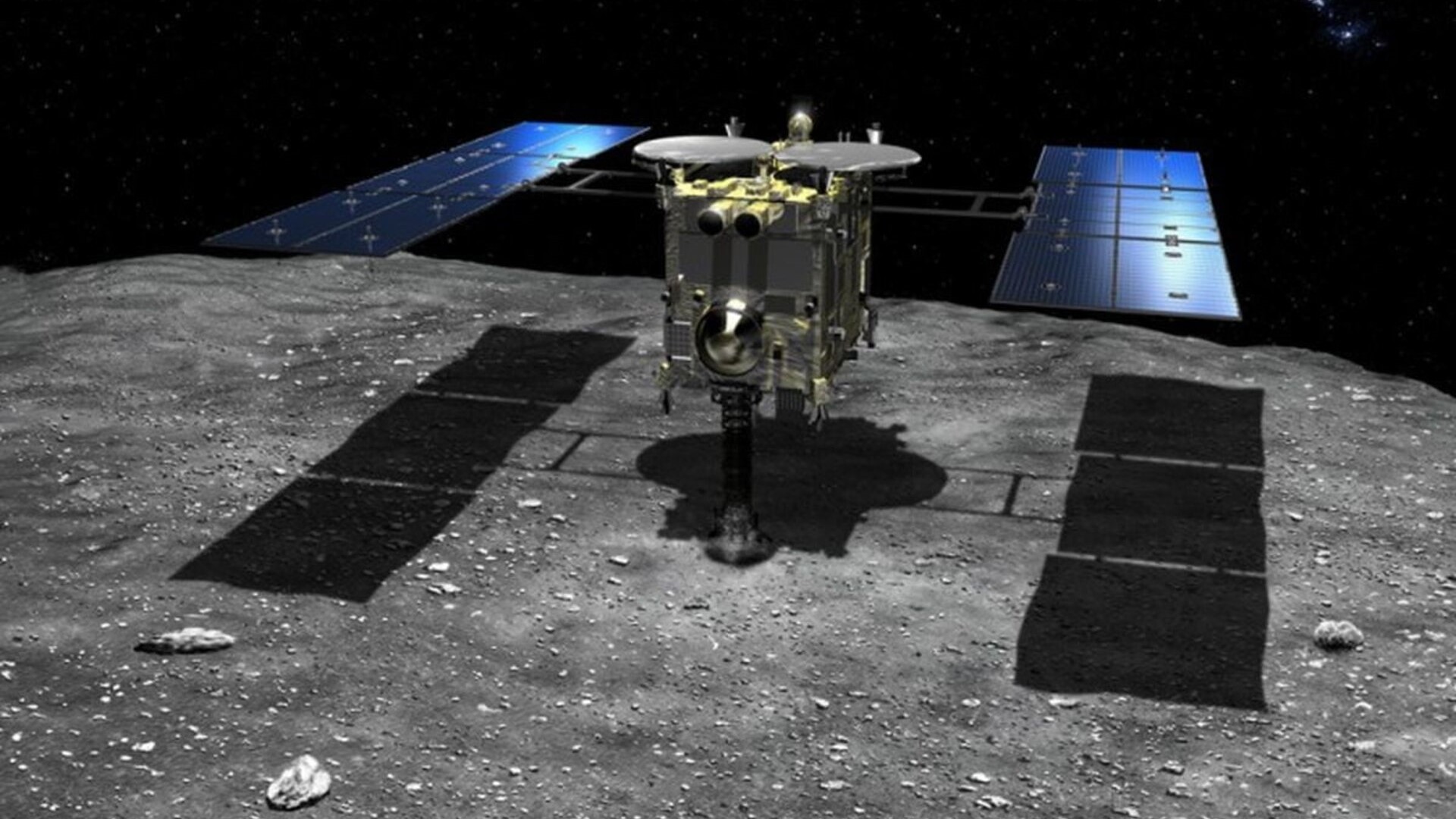
Asteroid Ryugu possibly did not travel as far from its place of origin to its current near-Earth orbit as previously assumed. New research suggests that Ryugu was formed near Jupiter.
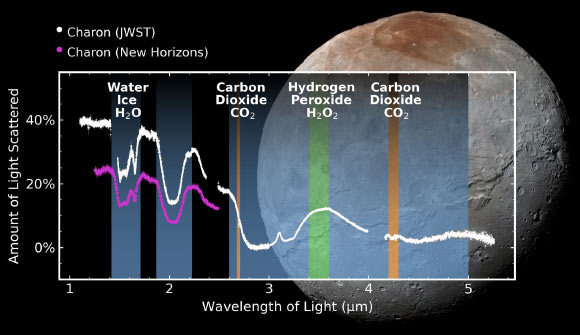
Using data from the Near-Infrared Spectrograph onboard the NASA/ESA/CSA James Webb Space Telescope, astronomers have detected carbon dioxide and hydrogen peroxide on the frozen surface of Pluto's moon Charon.
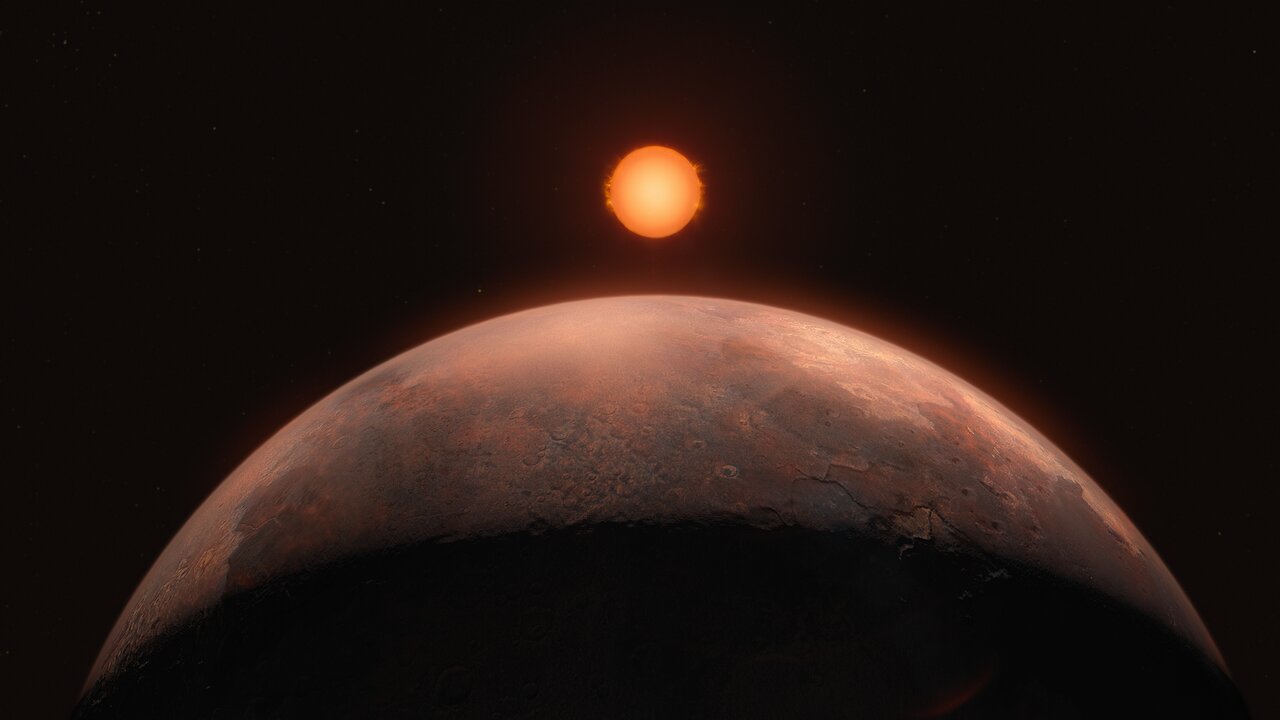
Using the European Southern Observatory's Very Large Telescope, astronomers have discovered an exoplanet orbiting Barnard's star, the closest single star to our Sun.
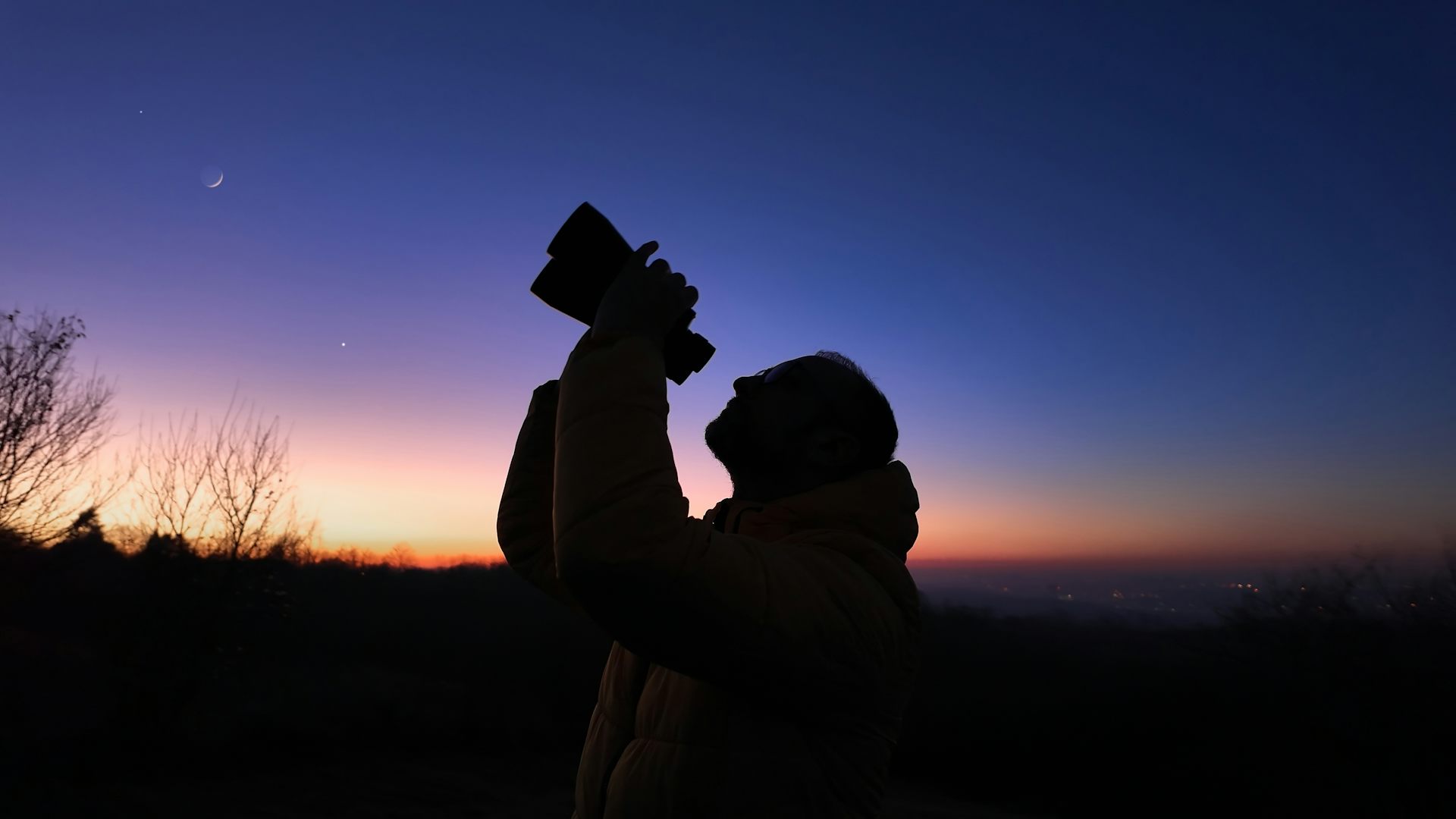
Comet C/2023 A3 (Tsuchinshan-ATLAS) is expected to be the brightest spectacle of 2024.

New research finds that heart tissues aboard the space station beat about half as strong as on Earth.

If quantum communication exists, that could be a win for advanced technologies on our planet, but the process would make it impossible for us to detect it without some serious equipment upgrades.

A newly discovered cluster-scale strong gravitational lens, with a rare alignment of seven background lensed galaxies, provides a unique opportunity to study cosmology.

This means that astronauts may not be tied to visiting the lunar south pole on future missions to acquire water. Instead, they may be able to find water everywhere on the Moon.
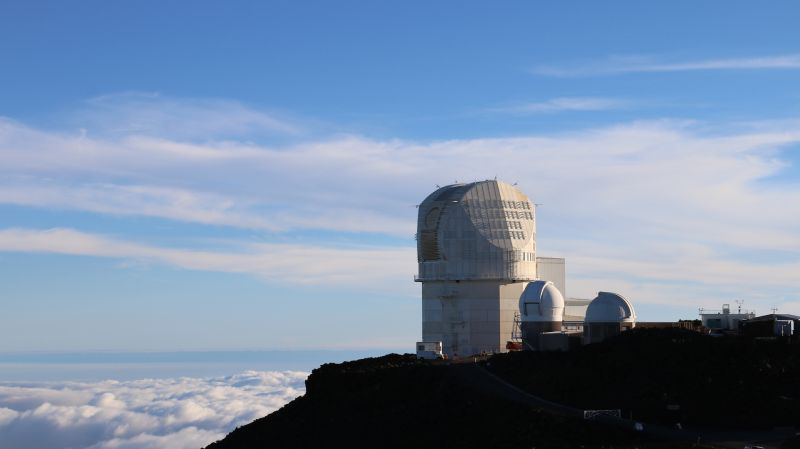
Researchers at the U.S. National Science Foundation National Solar Observatory have successfully mapped the magnetic fields of the sun's atmospheric corona.
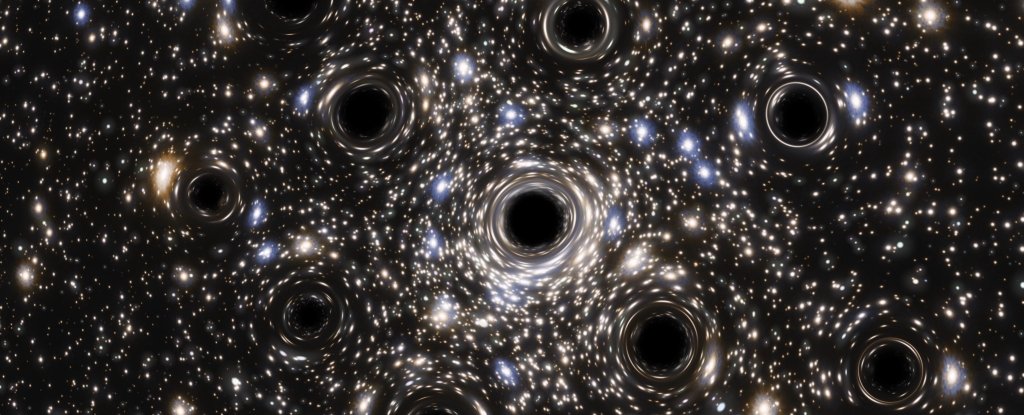
A fluffy cluster of stars spilling across the sky may have a secret hidden in its heart: a swarm of over 100 stellar-mass black holes.

Researchers at MIT suggest that the microscopic "primordial black holes" could be blasting through our solar system at least once a decade.

The largest known black hole jets, 23 million light years across, have been discovered in the distant universe.
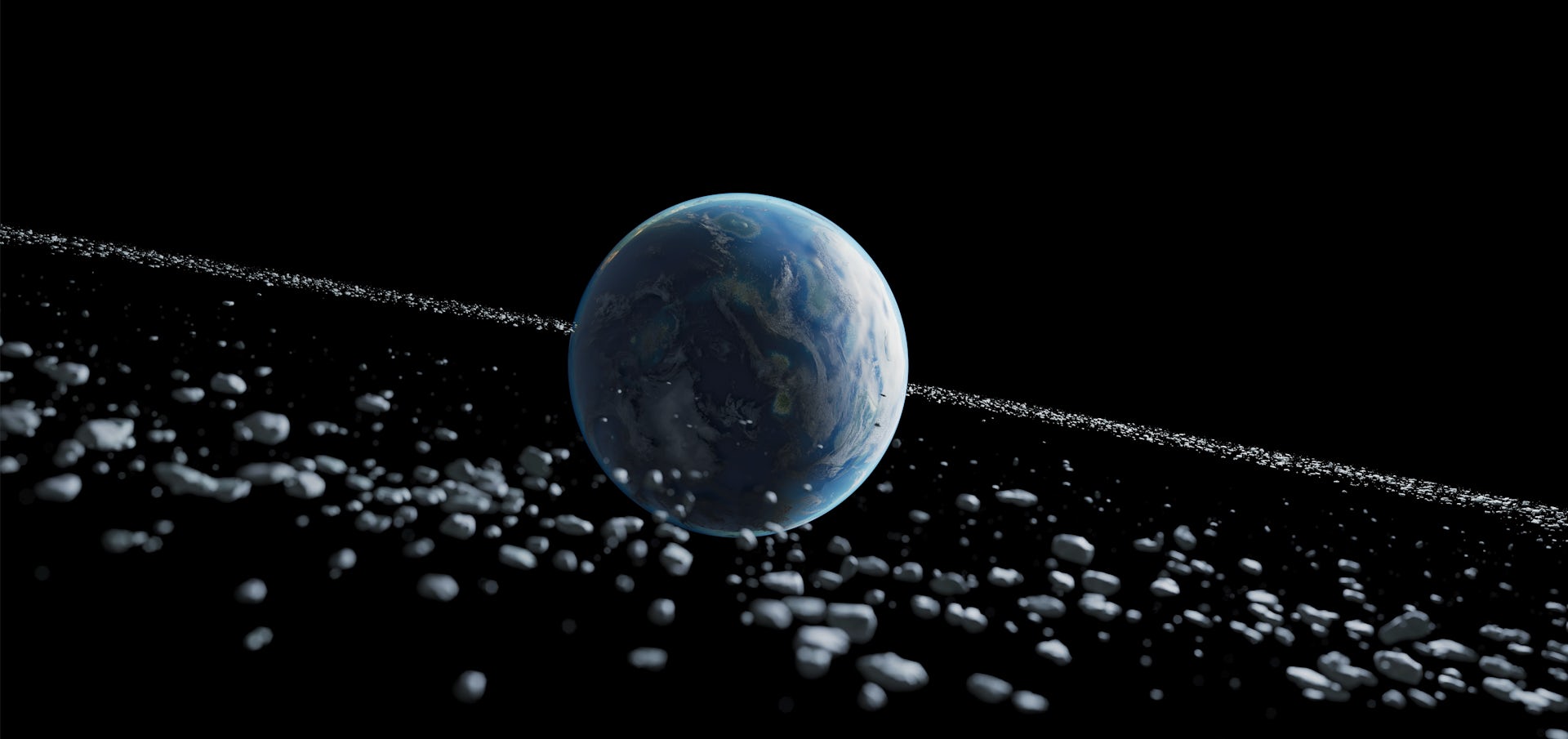
The rings of Saturn are some of the most famous and spectacular objects in the Solar System. Earth may once have had something similar.
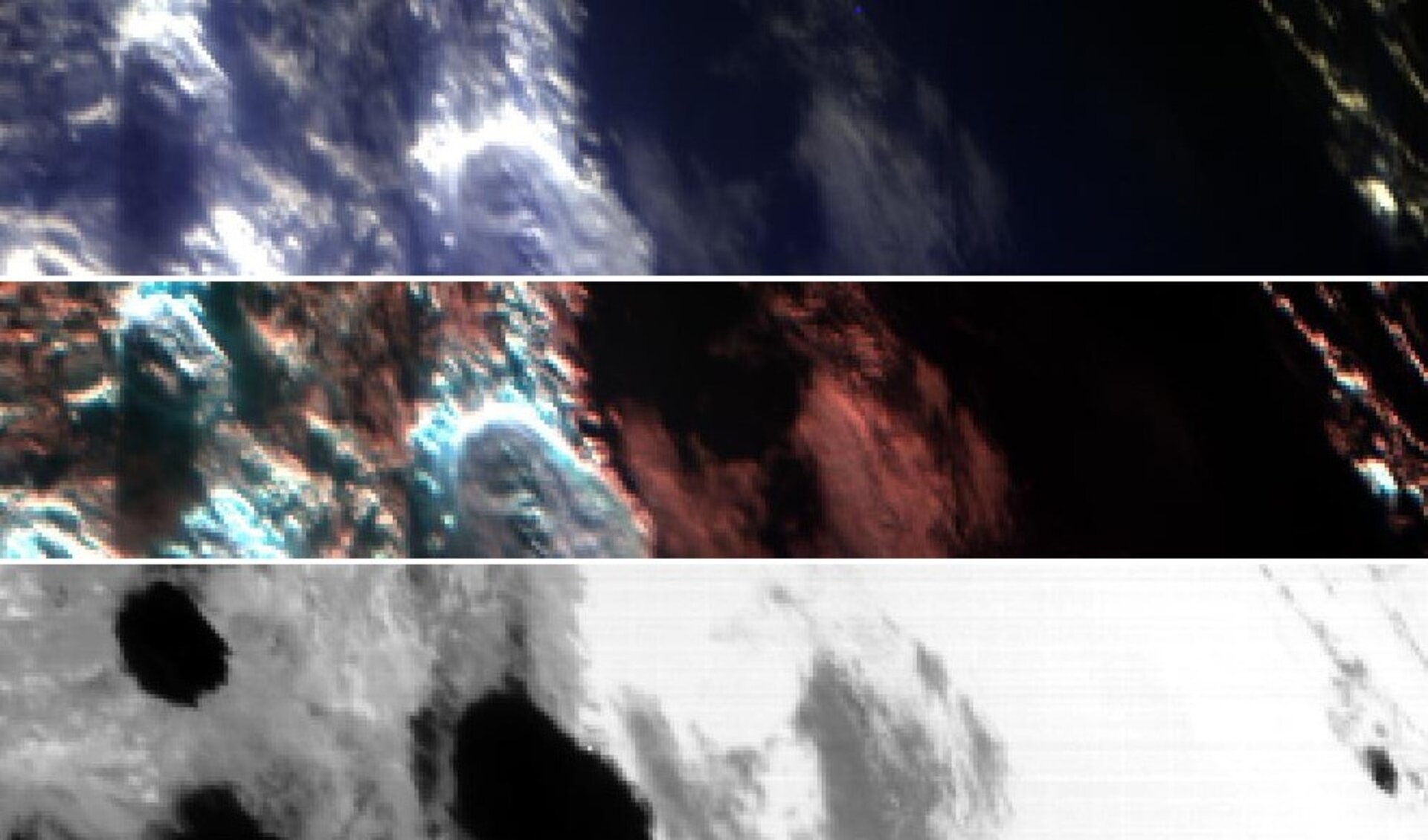
During its flyby of Earth on 20 August, ESA's Jupiter Icy Moons Explorer (Juice) found ingredients for life in Earth's atmosphere - the so-called ‘CHNOPS’ elements (carbon, hydrogen, nitrogen, oxygen, phosphorous and sulphur).

The hidden Mars structures are mysterious because they appear to be significantly denser than their surroundings.